[Porous Components] – Trypophiliac Concrete
This project seeks to explore, discover and ultimately present an effective and efficient avenue to producing, in cast materials, particularly concrete, one specific type of complex geometry, that typically would have been prohibitively complicated to produce, and with some degree of control over a set of architectural parameters.


As part of the research, a number of benchmark projects and similar studies were explored and compared for a better understanding of performance, uses and pros and cons
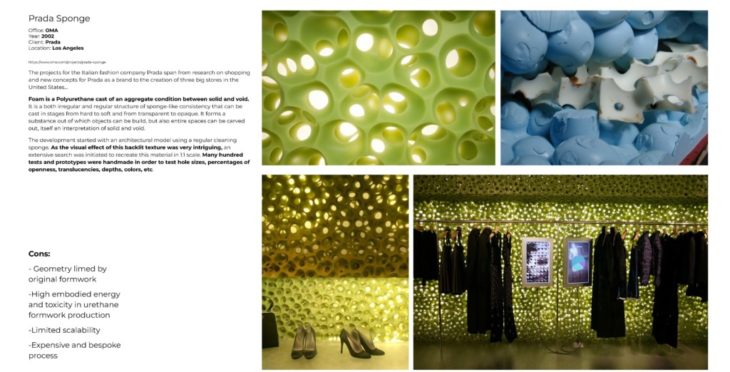
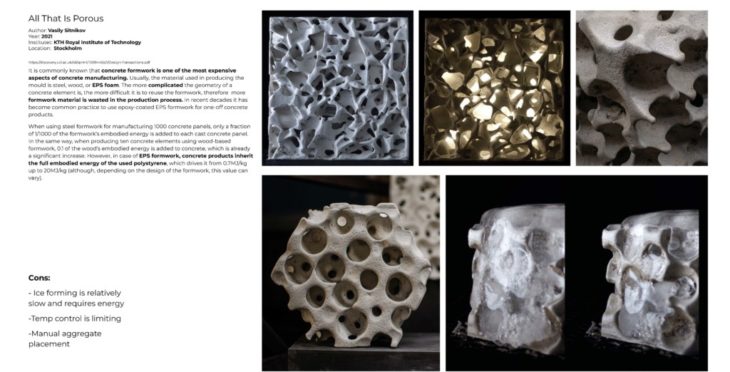

What’s missing?
- Automation
- Scaled Repeatability
- Part tracking
Wax Vs Balloons?


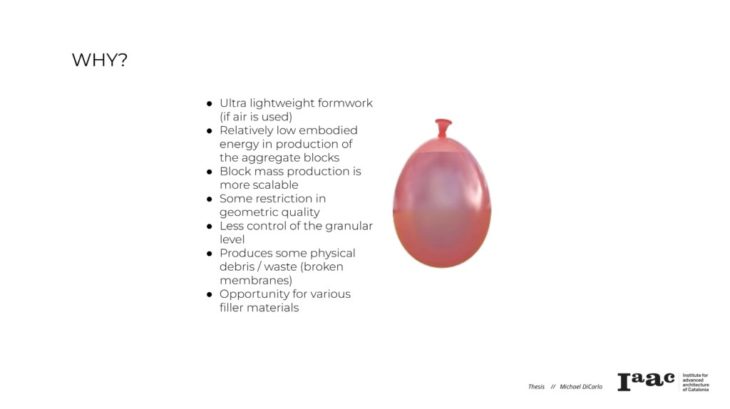
How?
To study the effectiveness of this system and understand the behavior of the elastic elements and poured concrete, a series of test and experiments was carried out. Different shapes and forms were explored to identify the best and most efficient unit for the purpose of this study.
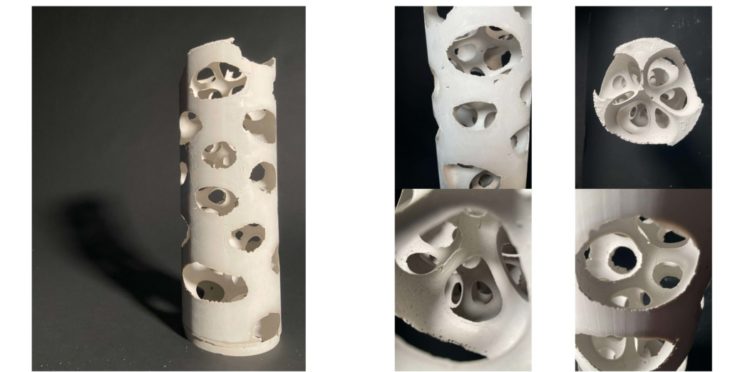

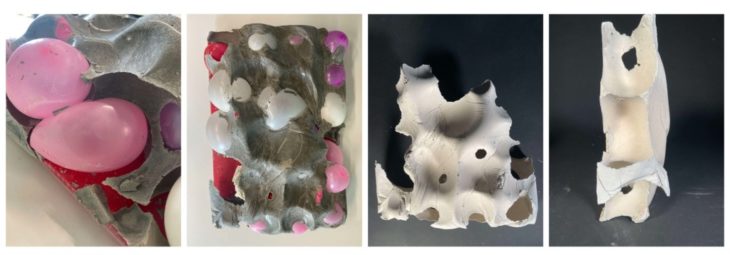

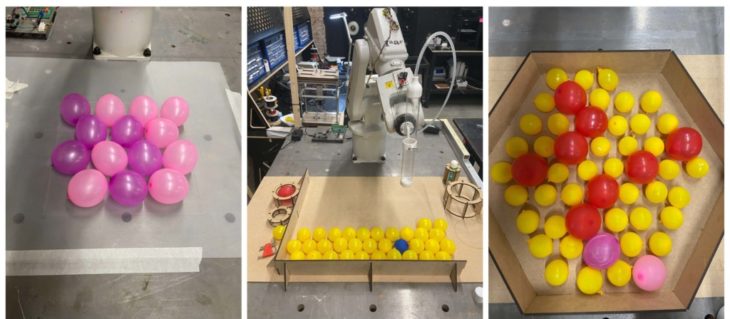




Possible Challenges
Some of the challenges identified are:
- Precise placement with irregular patterns, beyond two layer
- Anticipating compression





Next steps:
- Connection details
- Embedded components
- Detailed / modular formwork design
- Automated feeders
- Implementation
Research Thesis- WIP- Porous concrete via novel formwork is a project of IAAC, Institute for Advanced Architecture of Catalonia developed at Master of Robotics and Advanced Construction in 2021/22 by student: Michael DiCarlo and faculty: Alexandre Dubor and Aldo Sollazzo